I have been using a variety of razors and razor blades since I started shaving, I think I was 12.
Over the course of the past 13 years I have switched between reusable razors with replaceable blades, disposable razors, recyclable razors, waxing, and I even went the "I don't need to shave" route for a bit (by a bit I mean 3 weeks and then I caved).
I've jumped around for all different reasons. I switched from shaving to waxing because I wanted my hair to be thinner, but I got over that and went back to shaving. Then I changed from the reusable razors because the replacement blades became so expensive that I felt I had to go to disposable ones. I felt terrible throwing away the entire plastic disposable razor, so I found an eco-friendly recyclable one from Preserve. But when I decided to go completely zero waste, I realized I would have to find an alternative because only Preserve's razor handle is recyclable, not the blades.
Luckily, the issue of hair removal has been solved for a long time within the zero waste community, and it's actually a money saver!
Introducing: The Safety Razor
The safety razor was introduced and patented in 1880, so they've been around longer than you or I (most likely, I'm assuming you're not over 100). It was really the first move away from traditional straight razors (think Sweeny Todd) which were more challenging and dangerous to use. Technically modern razor blades, with 2-5 blades, are a type of safety razor.
However, it is the double-edge (DE) safety razor that is commonly used in the zero-waste community today and is definitely a staple of a zero waste bathroom. They are actually most commonly used because of the cost savings compared to disposables and razors with replaceable cartridges. I, personally, went with a mid-range DE razor from Merkur
I vary with what cream/soap I shave with. When I'm feeling crafty I make a homemade coconut oil shaving cream, but I also love bar shaving soaps. Figure out what works best for you. Keep in mind that you need to frequently rinse a safety razor no matter what you shave with!
How to
Safety razors are a little different from disposable or cartridge razors.
The Set Up
- Get your safety razor and the double edge razor blade.
- Take your razor apart into its three pieces: top, middle, and bottom
- Place your DE blade on the prongs of the top segment of the razor
- Place the middle segment on the prongs, over the blade.
- Screw the handle into the middle prong.
The Shave
Common Questions
- Will a safety razor irritate my skin?
- If your normal razor irritates your skin, then you may also have irritation with a safety razor. However, less blades should equal less irritation. I haven't been able to track down any solid science to back this up either way, but you should certainly not experience more irritation.
- There are also claims of safety razors reducing the number of ingrown hairs, again no science to back it up so you'll need to find out for yourself!
- Additional Note: I borrowed one of my friends traditional razors for my legs after using a safety razor for about 8 months and I found it to be VERY irritating. I'll totally backup this claim with personal experience.
- Will I cut myself more with a safety razor?
- No more than with a cartridge razor. Obviously if you slice it sideways it will cut you. The most important thing to remember is not to apply too much downward force while you shave. This will increase the likelihood of the blade cutting you.
- How many shaves will a DE razor last?
- It depends how often you shave and how course your hair is, but a typical DE blade will last about 5-7 shaves.
- Your actual safety razor could last anywhere from 10-50 years depending on the quality!

